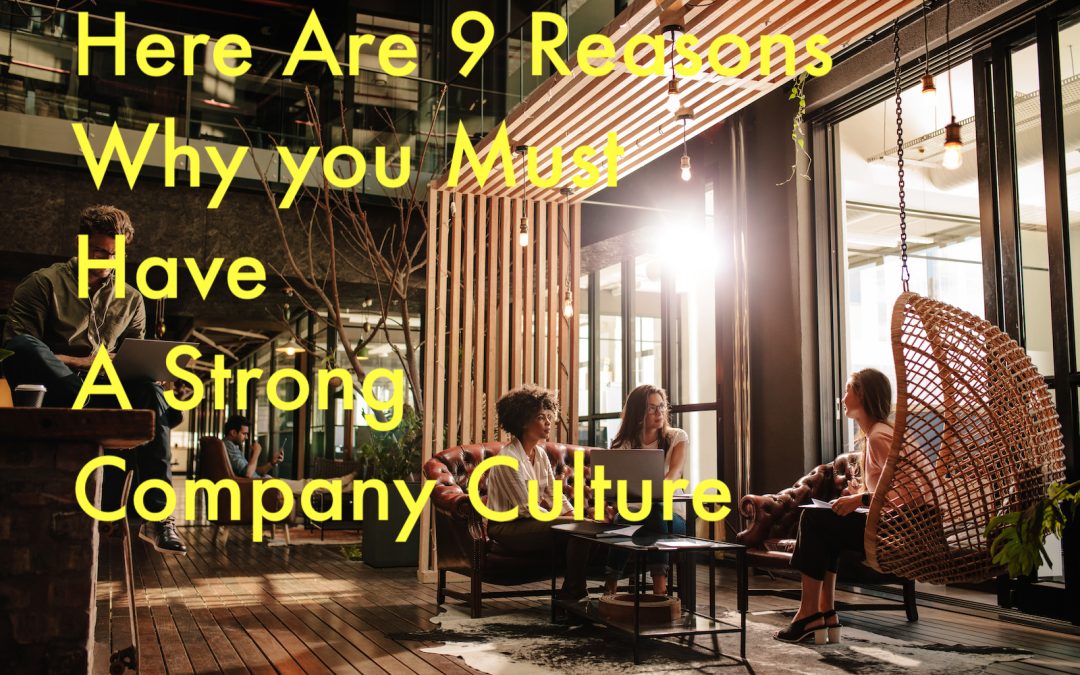Culture beyond the basic concept of folklore is a complex heritage for all human beings. We learn first from our parents, then our family and relatives, and then the environment around us. Culture is transmitted through the process of learning and interacting with one’s environment, rather than through genetics. (G. Ferraro)
We have discussed national and corporate culture issues all time in different scenarios, the landscape of their differences and the ways in which people cope with them. When we are developing culture competency, one of the first questions is: How can I do it? And the first answer we should give is — just start.
By starting, we mean to simply become aware of our differences and diversity and how they affect the way we behave within an organization, region or country. To see that we are different from others is possible simply when we interact with someone from another culture. Diversity becomes evident in the way we talk, the different words we use for the same thing, the preferences in food, etc.
All of us are learning continuously through our interaction with the environment. As culture is a powerful influence of behavior and is systematic and organized and shared, it intrinsically relates a group of people who share, believe, or trust in the same values and behavior.
For example, we Latin Americans all know the avocado from our first years at home. We could infer maybe 90 percent of us have tasted an avocado at some time with our parents. Thus there would be no doubt that the way they “taught” us it “should” be eaten was the only and correct way. For a Brazilian, you probably first tasted an avocado with milk and sugar in a delicious drink. However, it’s a different situation if your parents are Chilean or Mexican. For a Chilean “palta” goes perfectly in a mashed preparation over bread for breakfast or a hot dog called “completo”, thus implying that a hot dog without palta is missing something. For Mexicans, they are used to eating mashed avocado as guacamole, a dip over food. Here we have a clear example of our cultural influence in a specific behavior that changes from one society or nation to another.
For foreigners visiting Brazil, their first culinary experience very often is to try caipirinha and feijoada. And of course, the first sip is contagious with joy, and the feijoada the perfect complement. But can you imagine the difference when a foreigner is invited to taste a delicious drink made of avocado? This is the starting point of the development of cultural competency, the awareness that for Brazilians avocados remind their first experiences of sweetness, while for other cultures, the avocado is salty.
What would you do if your foreign guest does not enjoy your delicious avocado cream? What would you do if your host to close a very important negotiation offers you an avocado drink and you simply cannot swallow it? These are simple but real challenges for international negotiators facing cultural diversity everywhere.
Maryori Vivas

How to deal with tough dilemmas as a leader
Leadership is a challenging journey filled with tough dilemmas. As a leader, it is crucial to have the skills and strategies to navigate these difficult situations effectively. In this blog post, we will explore some examples of tough dilemmas and provide insights on...

Future Cultural Challenges for Airlines and Airports – Full document
Executive Summary IATA has forecasted that passenger demand to double over 20 Years with the fastest-growing markets in Asia and Sub-saharan Africa. This is no surprise that the emerging and frontier market economies account for the biggest growth in the near future....

Here are 9 reasons why you must have a strong company culture
Here is a reminder of why your company culture is your most important asset. Your company culture must be nurtured and cultivated like any other asset - otherwise, it loses its value. We have listed 9 good reasons why a strong company culture is crucial for any...

Everyone in your organisation needs to be culturally intelligent. Here is why!
Most friction in organisations arises between different groups inside the company. usually, there is not too much attention to the internal friction in the organisation. There are several reasons f that, including: The employees and the middle managers think it has...

An employee betrays you. What do you do?
Most people have tried being betrayed by another person. How we deal with it in a personal setting can vary a lot depending on the circumstances and our personal attitudes. When it happens in a company when someone betrays the company in one or the other way, we need...
